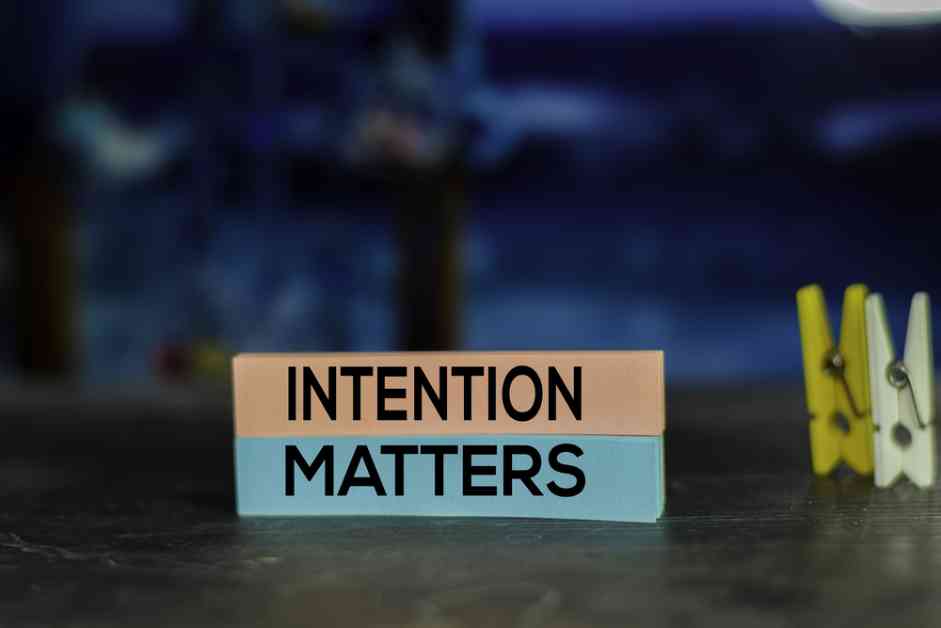Artificial Intelligence (AI) technology has been rapidly advancing, with systems like Microsoft’s Copilot and ChatGPT gaining popularity among consumers. However, applying traditional copyright laws to AI-generated content has become a challenge. The U.S. Copyright Office has stated that when AI technology independently determines the creative elements of its output, the material produced is not considered a product of human authorship. As a result, the Office will not register such content. This stance has raised questions about liability when AI-generated works infringe on existing copyrights.
Generative AI systems are trained using machine learning algorithms, which analyze data to make informed decisions. These systems may inadvertently incorporate copyrighted material from online sources into their outputs. This can lead to situations where users unknowingly receive content that infringes on copyrights. As a response to the liability issue, AI companies like Microsoft are expected to establish policies to address and potentially shift liability to protect consumers.
Microsoft, for example, has introduced a Customer Copyright Commitment to defend commercial customers against copyright infringement claims related to their AI services. The company pledges to cover any resulting judgments or settlements as long as customers follow certain guidelines, such as avoiding deliberate infringement and using required safeguards. Microsoft’s approach aims to address potential liability issues based on user intent and compliance with protective measures.
User intent plays a crucial role in determining liability for copyright infringement involving AI systems. Microsoft has implemented safeguards like content filters to prevent unintentional infringement by users. These measures are designed to shield innocent users from liability, provided they adhere to the guidelines set by the company. However, intentional infringement by users who disregard these safeguards may lead to a shift in liability from the AI company to the user.
The interpretation of user intent can be complex, especially in scenarios where AI systems generate content based on vague prompts. Microsoft’s Copilot Studio incorporates intent recognition features to match user inputs with relevant topics. While Microsoft’s efforts to address liability issues are commendable, the subjective nature of intent assessment raises concerns about potential loopholes that companies could exploit to evade responsibility.
The evolving landscape of AI technology and copyright concerns underscores the need for regulatory frameworks to govern the use of AI systems. Colorado has taken a proactive step by passing the Colorado AI Act (CAIA), which imposes obligations on employers regarding AI system usage. The CAIA focuses on preventing harm from AI-related decisions, such as algorithmic discrimination, and establishes a duty of care for AI creators and users. This legislative development in Colorado may serve as a model for other states to enact similar laws to address AI-related liabilities across different sectors.
In conclusion, the intersection of AI technology and copyright law presents complex challenges that require proactive measures to ensure accountability and protect users from inadvertent infringement. Regulatory initiatives like the Colorado AI Act demonstrate a growing recognition of the need to address legal and ethical implications associated with AI advancements. As AI continues to transform various industries, policymakers, businesses, and legal experts must collaborate to establish clear guidelines that promote responsible AI usage and mitigate potential liabilities.















